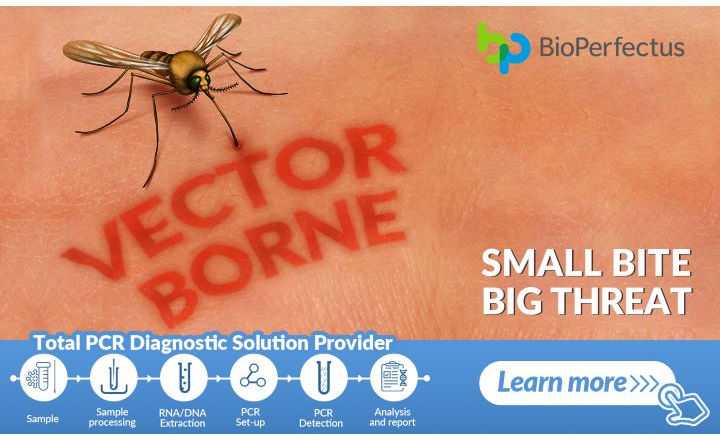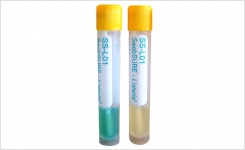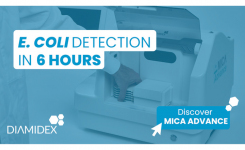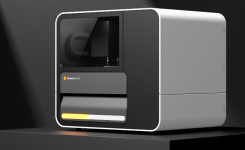
How to best combat the Zika virus is a crucial question for researchers in the health field. Understanding the disease and having adequate samples is the first line of defense. As with any illness, laboratory testing helps scientists and researchers recognize the hazards of new viruses as well as ways to prevent them from spreading. But because Zika seems to have erupted without much precedent, proper and accurate testing is doubly important.
Proper testing also helps scientists know how many cases have occurred, the range of outcomes for such cases and any links between virus detection and the disease.
Understanding Zika in Relation to Other Flaviviruses Zika is a mystery in part because of its similarity to viruses like dengue and yellow fever, which have been a known quantity for many years. All are flaviviruses carried by mosquitoes and ticks, but the severity of symptoms differs between Zika and other similar viruses.
The dengue virus, for instance, lasts for weeks and cause bruises and bleeding. Yellow fever induces jaundicing and severe fever, though it does have a vaccine. Both dengue and yellow fever are potentially fatal. Those suffering from the Zika virus, on the other hand, are rarely sick enough to seek medical care. Zika can be transmitted through sex and blood transfusions, which is extremely unusual for dengue.
Why Have Diagnoses of Zika Risen? One question that has plagued researchers is why Zika has shown such a sharp increase recently. Though it seems like Zika has suddenly come into our world, the truth is that it has existed for years. Southeast Asia, Africa, and the Pacific Islands all had Zika outbreaks before 2015.
There were outbreaks before then, but because the virus is easily confused with others, like dengue, it may have gone uncategorized or been misdiagnosed. First officially found in a monkey in the Zika Forest of Uganda, researchers isolated the virus 1947, named it for the forest and reported on it in 1952.
Another reason Zika is hard to pin down is because not everyone one who gets the virus develops symptoms. Only one out of every five people infected develop symptoms. Even those with symptoms may not feel like medical attention is necessary.
Though men without symptoms usually have little trouble, the same can’t be said for women. Unfortunately, pregnant women who are asymptomatic but carry the virus may pass it to their children, who can be born with microcephaly — a condition where the baby is born with an uncharacteristically small head due to abnormal development.
What Specimens are Used for Diagnosis? Unlike some infectious diseases, such as strep throat, scarlet fever and some influenza strains, there are limited point of care tests for the Zika virus. Any testing for Zika must be sent to labs that specialize in this area. Molecular testing of serum or urine samples giving a positive result is considered a definitive result with no serology required but a negative molecular result may require further investigation. Samples should ideally be taken within the first two weeks of symptoms.
What Commercial Tests are Available? Most commercial ready-to-use kits are based on PCR technology that detect zika viral RNA in a specimen or sample. Due to the potential for a health crisis in the USA, the Food and Drug Administration have sanctioned emergency use authorization of some of these in vitro diagnostics for detection of Zika. Other kits may have CE marking indicating they conform to requirements of EU IVDD-In Vitro Diagnostic Medical Devices.
Serological testing picks up the immune response providing evidence of previous infection but cross reactions with other flaviviruses such as dengue, West Nile and yellow fever can occur.
Although researchers still have a lot to learn about the Zika virus, quick and accurate testing methods go a long way towards furthering our knowledge.

Article by: Megan Ray Nichols, Freelance Science Writer www.schooledbyscience.com
Biosafety Reminder - WHO recommends that all diagnostic work on specimens including RT-PCR assays should be conducted under Biosafety Level 2 (BSL 2) with appropriately trained personnel in properly equipped laboratories.



















